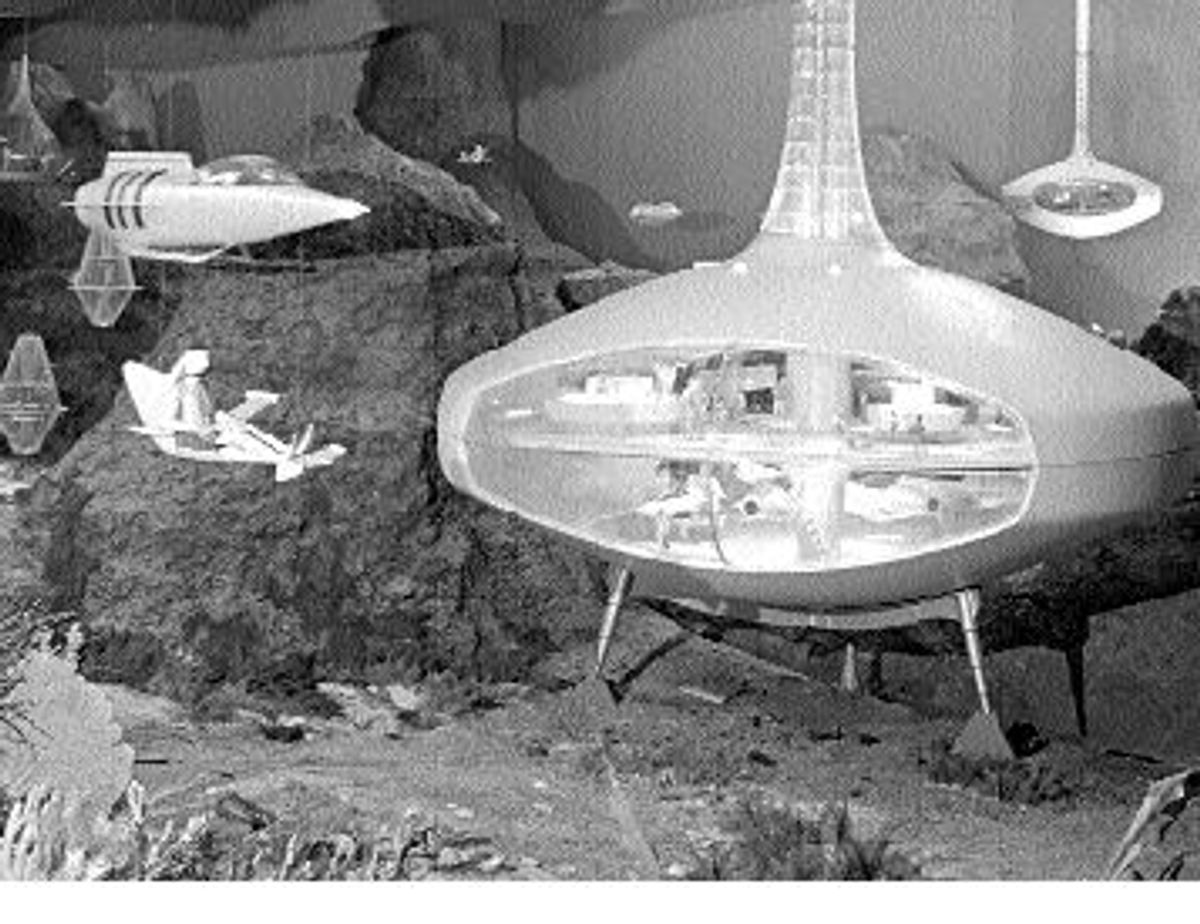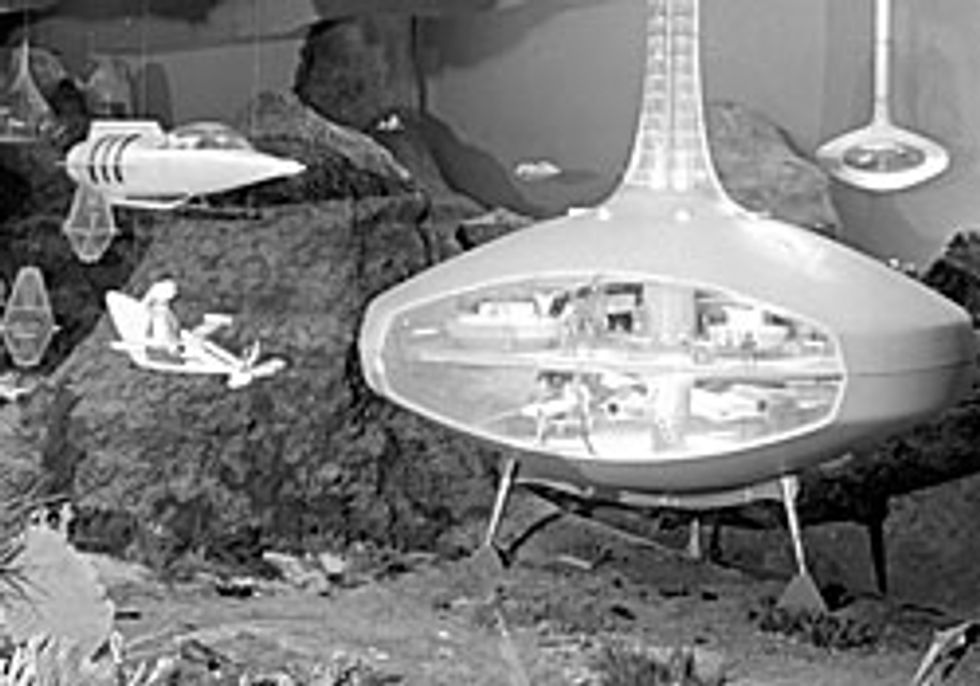Technologists and their corporate and government backers have often dared to think big. Take General Motors Corp. and its popular Futurama exhibit, for instance, the big hit of the New York World's Fair in 1964 (which also happened to be IEEE Spectrum 's first year of publication). Part of General Motors' vision of cities of the future featured colonies of explorers--and tourists--living 10 000 feet below the sea and traveling to and from work and play on atomic-powered scooters and submarines.
Yes, it's the stuff of science fiction, but why not dream a little? We like to think that technology is a force for good that can be used to make the world a better place. And we all need some wow factor to keep the electrons flowing.
There is still plenty of wow to be had, 40 years later, as you will see in this special anniversary issue. Paul Wallich points out in "Electrical Engineering's Identity Crisis" that electrical engineering is mixing it up with biology big time, both in established disciplines like biomedical engineering and in nascent fields in which researchers are interfacing the human nervous system to electronic systems or trying to use microbial creatures to make electronic devices.
On another front--one of many--EEs are joining forces with quantum physicists and materials scientists to establish entirely new branches of electronics based on the quantum mechanical property of spin, rather than the electromagnetic property of charge.
Today's top tech gurus also thought there was plenty to wow about. For Spectrum's 40th, we invited 40 science and engineering leading lights to tell us what's coming next [see The View From the Top"]. Our tech leaders foresee a daily life immersed in information technology. It's a future that will depend on wireless communications and computation, distributed sensing, and embedded systems--what the National Academy of Engineering's William A. Wulf calls "smart, intercommunicating everything."
Biology got wows in this article, too. Inventor Raymond C. Kurzweil envisions blood-cell-sized robots providing "radical life extension...reversing atherosclerosis, getting rid of damaged cells, reversing the aging process, and repairing DNA errors." Others mentioned engineered medicines and tissue engineering, all converging with traditional engineering disciplines.
And take a look at the chip on our cover, so dense with memory that it appears largely empty. That's Intel's new Itanium processor, code-named Montecito. It will have two processor cores, 24 megabytes of memory, and more than 1.7 billion transistors. It's worth at least a little wow.
For those of us who are able to keep up, the next leg of technology's long march should be remarkable to see. One of famed science-fiction author Arthur C. Clarke's tongue-in-cheek laws states that "any sufficiently advanced technology is indistinguishable from magic." And we couldn't agree more.
Spectrum's editors have the pleasure of illuminating the technological magic that is everywhere around us. We hope to help our readers (who help us immeasurably) sort the signals from the noise, the wow from the whatever--and to dream big. For surely it is still possible to imagine solving many of the world's seemingly endless problems through the judicious application of engineering and technology.
The editorial content of IEEE Spectrum magazine does not represent official positions of the IEEE or its organizational units. Please address comments to Forum at

